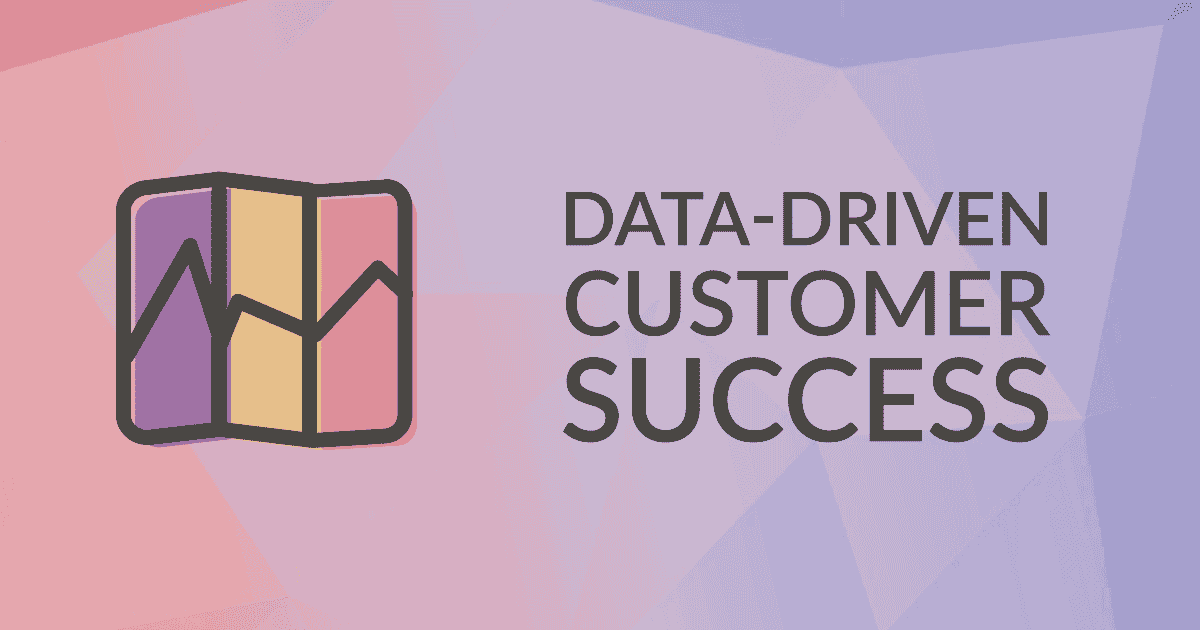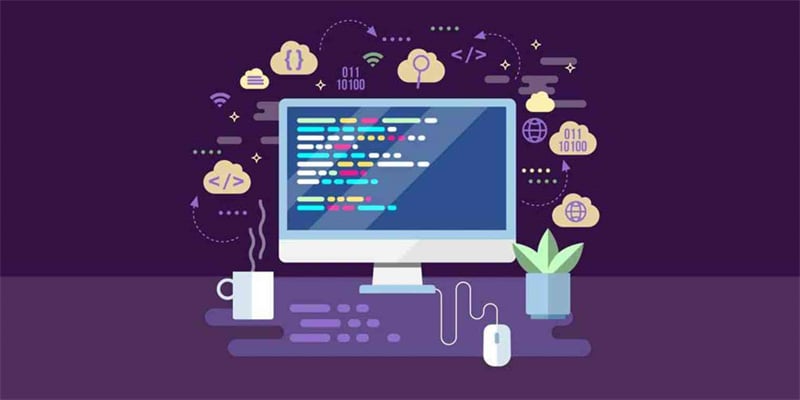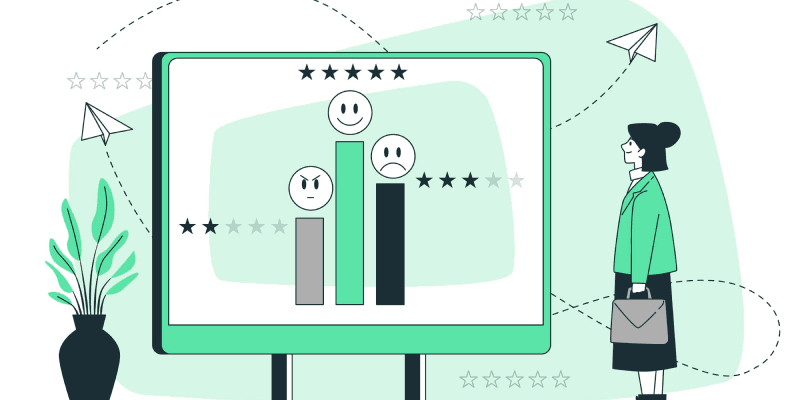Data-Driven Customer Success

According to anthropologist Robin Dunbar, our primate brains can only maintain stable relationships with around 150 people—beyond that, we begin to struggle. That definitely resonates with those of us that forget a person’s name as soon as we’re introduced.
It seems logical that a similar challenge faces us when managing our customers.
In the early days of your SaaS business—when you only have a handful of customers—you most likely know them pretty well: their names, motivations, what they like about your solution, what they don’t like, or even what they had for breakfast! At this point, Customer Success is primarily relationship-driven.
However, as you scale your base, it becomes more difficult to understand your customers: when they are struggling using your platform, hyper-using it, at risk of churn or showing potential for growth? The answer to this challenge is, you guessed it, by leveraging your customers’ data.
Customer Success Data You Can Track
So let’s look at what data you might have at your disposal and how you can use it to optimize your Customer Success efforts.
Platform Usage Data
The good news for us SaaS practitioners is we have a direct window into how our clients use our products: every click, every download, every event, every add-on, every activation, every log-in. This data tells the story of your customer’s relationship with your business. I will outline other valuable sources of data below, but these have to be seen as augmenting your go-to data set, user interaction. Companies generally track some high-level usage metrics like Sessions and Pageviews as well as some custom usage metrics that can give some indication of how successfully their specific solution is being consumed. The good news is, this data is usually easy to extract and, with the right tools, easy to analyze and derive Customer Success value from.
Bespoke Account & Contact Properties
Another valuable source of data lies in the database supporting your application. This data is often accessible via an ‘admin’ or ‘back office’ interface but might require direct access to the underlying database. Examples might include:
- Which plan is the customer on?
- How many licenses have they purchased?
- What role does a user have?
- How many (insert a unit of productivity for your business) have they created?
Support Tickets
If your customer or a subset of customers submit lots of support tickets, it may be time to have some difficult discussions with the product team. However, a customer submitting a lot of tickets also indicates that they may be pushing the product’s boundaries and could mean they are fully engaged with the solution. They key here is that the tickets are being resolved satisfactorily. Either way, it’s key to integrate ticket data into your Customer Success application. There are lots of support tools that can be integrated into most Customer Success applications, e.g., Zendesk, Freshdesk, Intercom, Salesforce Service Cloud, or Desk.com.
Your business is probably sending several types of emails to your customers. Many of these are one-on-one emails between your team and your customer, sent via Outlook or Gmail. However, these emails are often just the tip of the iceberg. Your application is likely sending out password reset emails and perhaps ‘weekly digest’ reports. Meanwhile, your marketing team is likely sending regular new feature announcements. Measuring how your customers are interacting with these (seemingly) minor emails can provide a measure of each customer’s engagement with your business.
Voice-Of-Customer Feedback
There’s nothing better than hearing the truth straight from the horse’s mouth. Integrating Net Promoter Score (NPS) or other survey data into your Customer Success application gives you a direct insight into the health of the customer, and if the surveys are carried out regularly, you can track how their sentiment toward your application is changing over time. Here are some relevant VOC apps that are primed for integration: Survey Monkey, Qualtrics, Delighted, AskNicely, Google Forms, CustomerThermometer, Promoter.io, and Jotform.
Online Conversations
Your Customer Success software won’t be of much use if you can’t see all of the interactions between your business and your customer in one place. It is essential to maintain a record of conversations between you and your customers that take place in the new-breed of chat applications like Intercom or Drift.
Sales Activities
There is likely to be data relating to customer profiles, sales deals, contract dates, revenue data, etc. that you may/will need to integrate into your overall Customer Success data set. There may also be information captured in custom fields within your CRM that is retained nowhere else and is fundamental to understanding the customer. This is why connecting your CRM to your CS application can be so important.
Billing & Subscription Data
If you can’t capture billing or relevant financial data from the back end of your own application or from your CRM, you will need to pull in your subscription data from a dedicated app to understand vital data like contract start and end dates, MRR/ARR and churn.
Business Intelligence Metrics
Applications like Chartmogul or ProfitWell extract data from your platform (and 3rd-party applications) and then provide additional insights based on that data. They can calculate values like churn rate and MRR from the underlying data. This data can be invaluable in making sense of otherwise hard-to-interpret data sources.
Project Management
You may be capturing lots of insightful customer data within your project management application. This can include information about tasks and goals for each customer–especially useful during customer onboarding.
Feature requests
You may use email, a spreadsheet, a support platform like Jira or a dedicated feedback capture tool like Canny but it’s key to understand what your customers think about your feature set and how you could make your platform better. Even better would be to close the loop on this feedback and enable your CSMs to reach out to customers when the desired feature goes live.
Telephony
A good old-fashioned phone call can be your best tool in maintaining healthy customer relationships. If you have a history of these calls–either manually logged in your CRM or tracked in a voice-over-IP (VOIP) solution, you should find a way to add it to your 360-degree customer view.
The list of data types and sources you can use to help understand your customers is long, but thankfully not endless. Your first task will be to identify what data you have within the organization and what elements can be leveraged to improve how you retain and grow your customers.








